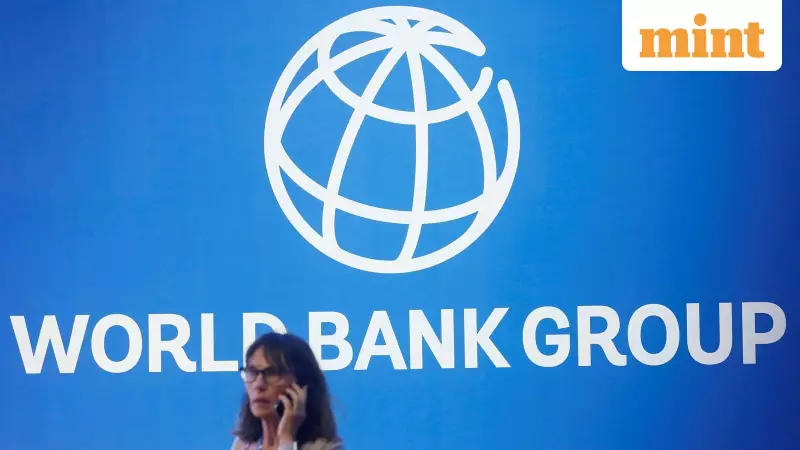
Recent assessments by two of the world's most influential financial institutions have uncovered significant regulatory weaknesses within India's financial ecosystem. The World Bank's Financial Sector Assessment and the International Monetary Fund's Financial System Stability Assessment, released in October 2024 and February 2025 respectively, paint a concerning picture of the regulatory framework governing India's rapidly expanding financial sector.
Regulatory Independence Under Scrutiny
The reports highlight a critical issue regarding the limited powers and independence of financial regulators, particularly the Reserve Bank of India. Both institutions recommend strengthening regulatory authority through legislative and institutional reforms. The World Bank specifically references a 2019 incident where the finance ministry overturned an RBI decision to cancel the license of an urban cooperative bank.
According to the assessment, the finance ministry functions as an appellate authority with powers to reverse RBI's supervisory decisions. The multilateral institutions recommend transferring this appellate authority to an independent agency to ensure proper checks and balances. The Bank's report details the extensive control the finance ministry wields over regulatory bodies, including representation on the RBI board, power to remove governors and directors without justification, and authority to issue directions to the central bank.
Differential Treatment of Public Sector Institutions
Another major concern identified is the differentiated regulatory approach applied to private versus state-owned financial institutions. The RBI's extensive regulatory powers over private bank boards and key management personnel do not extend to public sector banks. Many state-owned institutions operate under their respective Acts, which creates regulatory limitations.
Unlike its authority over private sector banks, the RBI has restricted powers to force mergers of weak public sector banks, vet and approve board member appointments, remove board members, or supersede boards. Both institutions echo domestic concerns about a regulatory framework that shows leniency toward public sector institutions, ostensibly to enable delivery of developmental objectives.
Systemic Risks from State-Owned NBFCs
The reports specifically highlight risks posed by state-owned infrastructure financing non-banking financial companies (NBFCs) that have significant exposure to power and infrastructure loans. The World Bank has questioned why India's top three NBFCs, all state-owned entities, remain exempt from stringent rules applicable to other institutions in the same category.
This regulatory gap poses systemic risks to the entire financial sector, given the substantial assets controlled by these institutions. The assessment comes at a time when India's financial system has grown significantly, with total financial sector assets reaching 187% of GDP, and non-banking financial institutions accounting for 44% of financial sector assets in 2024, up from 35% in 2017.
Weak Oversight of Financial Conglomerates
The supervision and regulation of financial conglomerates operating multiple businesses under different regulators presents another challenge. The inter-regulator platform, the Financial Stability Development Council (FSDC), lacks legal authority to undertake group-level supervision or enforce regulatory action.
Despite being operational for several years, the FSDC's policies, activities, and regulatory outcomes remain largely undisclosed. There have been increasing demands to make the council's deliberations public to enhance transparency. While RBI's bi-annual Financial Stability Report claims to reflect FSDC's collective assessment of India's financial system resilience, it lacks specific details about risk origins and mitigation measures.
The comprehensive five-year assessment, mandated for 32 countries with systemically important financial sectors including India, represents one of the most thorough evaluations of the country's financial regulatory framework. While the Indian authorities have responded to several concerns raised in the reports and defended the government's position on specific issues, the regulatory gaps identified by these prestigious institutions demand serious attention from policymakers.





